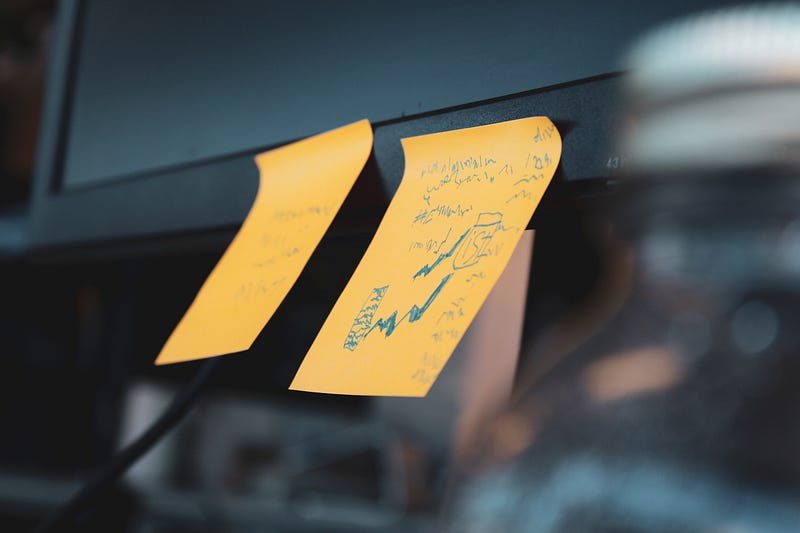 |
| Photo by Raúl Nájera on Unsplash |
Dear Readers.
Thank you for coming here!
World is full of danger, but fear is a choice.
We know the danger is real, because shit has happened so many times;
We know the fear is real, because we have been put through very difficult situations so many times.
We can be extremely conservative to avoid the danger as much as possible.
But that could be the danger itself.
One typical example is someone saying “No” to better job offers to avoid the risk in the transition and the “danger” of “cannot make it”.
However, the danger will be real when his current job goes downhill or when his growth potential disappears.
He may not be able to secure another comparable position when he needs to, because he has been in his comfortable zone for too long.
So it is “danger” no matter he takes the offer or rejects it.
 |
| Photo by Javier Allegue Barros on Unsplash |
So how?
While it is a fact that the danger exists, it is a choice how we deal with the fear.
From a practical point, focusing too much on fear only paralyzes us. We have to live with it and be cautious along the way.
To do that, it is advisable to think it through before making the decision.
A good tool is the Six Thinking Hat, where we take on different “roles” and “perspectives” to assess the same issue.
That way, we are our own “Think Tank”.
While “Blue” and “White” hats typically are used in the beginning of the process, there is no restriction on the sequence of the hats and how many times we can put on each hat.
From my experience, decision typically comes to us while we have the “RED” hat on, which means we start to feel confident that this is “right” or “wrong” after round(s) of collecting facts and information, structuring thoughts, assessing positive and negative aspects and trying to come out with creative ideas to deal with problems at hand.
 |
| From Internet |
However, no methodology or tool can guarantee right decisions.
So the next part is implementation and consequence management.
During implementation, it is important that we stay cautious.
The biggest risk comes when we start to feel too confident or even arrogant after some intermediate successes.
We start to get lazy.
We start to base our decisions on imaginations, instead of facts.
We start to think we are above certain things or people.
We start to avoid communication and feedback.
etc etc
Mistakes are almost bound to happen and they will mostly likely take us by surprise.
The result?
Serious set-backs, painful experiences and even scars.
Their impact can last well beyond the short term.
 |
| Photo by Bradyn Trollip on Unsplash |
We do our best in implementation.
But when consequences happen, no matter the reason, we need to accept them, bear them and take the full responsibility for them.
Afterwards, we will work to improve things.
It is almost never the end game unless we accept it.
And when a door closes, a window will open.
No need to hurry. It could take some time for us to see the window.
The most important thing is to put ourselves together and set out again.
Never underestimate our own resilience.
And by the way, this will happen a few times in life for most people.
We just cannot avoid them.
Call it fate.
 |
| Photo by the blowup on Unsplash |
If we are blessed with success at the end of implementation, enjoy it and use it as our next starting point if we want to keep going (no shame in stopping if that is what we want).
Most importantly, never forget to be grateful.
Remember there are people who are equally qualified for success, but suffering from set-backs due to factors they have little control over.
If we know them, we should help them.
What comes around goes around and what goes around comes around.
 |
| Photo by Kelly Sikkema on Unsplash |
In the end
Danger is a fact, but fear is a choice.
We have to live with fear and keep going forward.
Try to think it through before making decisions.
Try to stay cautious during implementation.
Bear the consequences and work to improve things.
When met with success, be grateful and help others.
To us all!
Till next time!

No comments:
Post a Comment